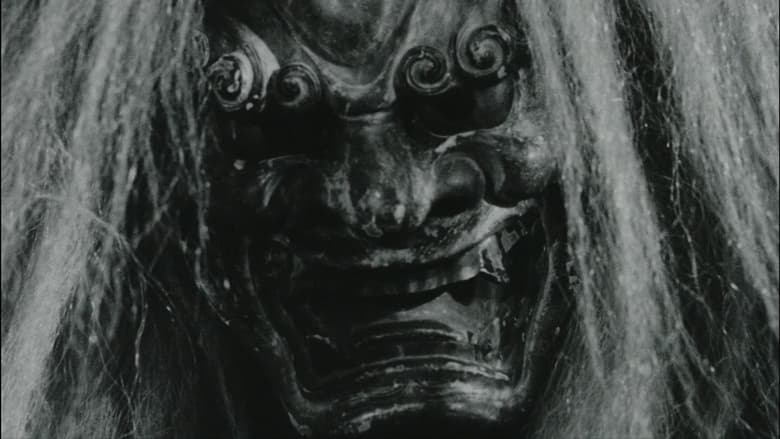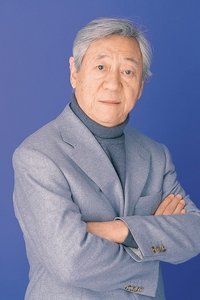The Weavers of Nishijin
Genres
Documentary
OverView
The Weavers of Nishijin captures the process of traditional textile manufacture in Nishijin.
Others
Budget
$--
Revenue
$--
Status
Released
Original Language
Japanese
Runtime
25 mins
Rating
7.6/10
Release Date
01 December 1961
Country
Japan



